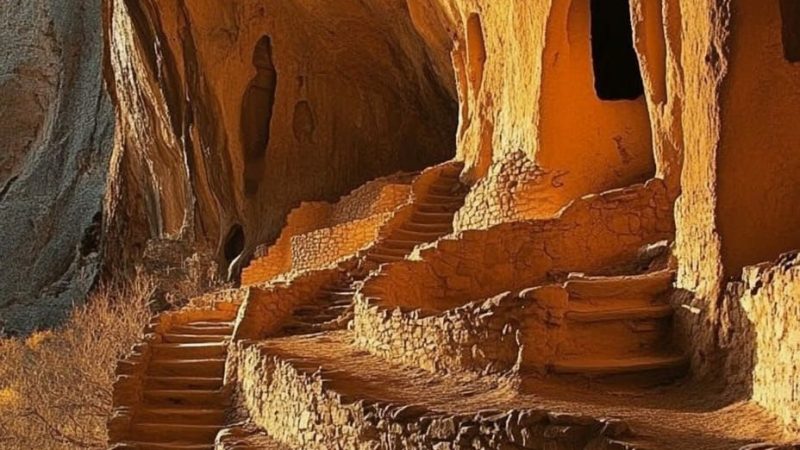Nature’s Tiny Marvels: Exploring the Allure of Small Stones

In the grand tapestry of nature’s wonders, it’s often the smallest details that captivate the imagination most profoundly. Among these intricate marvels are the tiny stones scattered across landscapes, riverbeds, and shores. Despite their diminutive size, these small stones possess a captivating allure that has inspired fascination and appreciation for centuries.

From the smooth, rounded pebbles found along riverbanks to the glittering gemstones unearthed from the depths of the earth, small stones come in a remarkable array of shapes, colors, and textures. Each one tells a story of geological processes spanning millennia, offering glimpses into the earth’s history and evolution.
One of the most enchanting aspects of small stones is their sheer diversity. Whether translucent quartz crystals, iridescent opals, or the vibrant hues of polished agates, these miniature treasures come in a kaleidoscope of colors and patterns. Each stone carries its own unique characteristics, shaped by the forces of nature over countless ages.

Beyond their aesthetic appeal, small stones hold a profound significance in cultures around the world. In many traditions, stones are imbued with spiritual meaning and symbolism, believed to possess healing properties or serve as talismans for protection. They are used in rituals, ceremonies, and as adornments in jewelry, serving as tangible connections to the natural world and ancient traditions.
Moreover, the act of collecting small stones has long been a cherished pastime for enthusiasts of all ages. Whether beachcombing for sea glass and colorful pebbles or scouring mountain trails for rare minerals, the thrill of discovery is a universal delight. Each new find represents a moment of connection with nature, sparking curiosity and wonder.

In recent years, the appreciation for small stones has extended beyond mere admiration to a deeper understanding of their ecological importance. As integral components of ecosystems, stones play crucial roles in habitat creation, erosion control, and nutrient cycling. Their presence supports a myriad of plant and animal species, underscoring the interconnectedness of all living things.
Furthermore, the study of small stones, known as lithology, provides valuable insights into the earth’s composition and history. Geologists analyze the mineral composition, texture, and structure of rocks and stones to unravel the mysteries of our planet’s past, from ancient volcanic eruptions to the shifting tectonic plates that shape continents.




